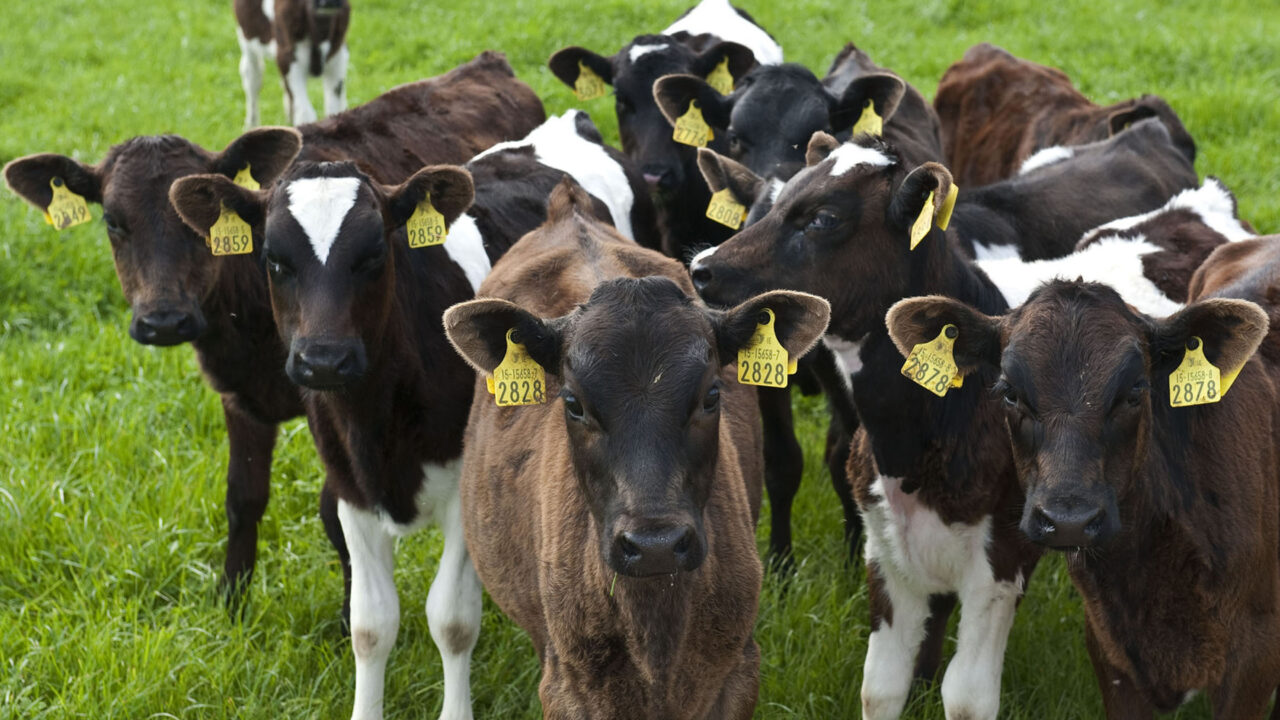Increasing numbers of dairy farmers are getting their young stock reared by another farmer under contract rearing arrangements. In some cases this will allow the dairy farmer to carry more cows with a view to increasing farm profit when output restrictions are removed in April.
For others it allows them to lower their stocking rates & and increase farm profit by getting a higher percentage of grazed grass into their cows than was possible when the cows had to share the farm with the heifers.
The Rearer
A major challenge is to find an appropriate rearer. Dairy farmers, quite rightly, are enormously protective of their animals. It’s not every farmer you would allow to rear them on your behalf.
Having identified someone interested in heifer rearing, it is most important to seek references from within the wider agri-business industry. Ireland is a small country. A poor reputation for animal welfare or trustworthiness is rarely forgotten and gets widely communicated.
Having established the rearer’s integrity, seek to build a rapport with them. Invite them to visit your farm. Show them the standard to which you operate and which they will have to match. Visit their farm. Observe their attention to detail. Is a culture of measurement & target setting apparent on their farm?
Establish what both parties want out of the arrangement. To be a success, both should want appropriately grown heifers, calving at an agreed time to an agreed bull. All financial transactions must be fair, transparent and on time.
Having found an appropriate partner, the next important step is to get the contract right. There are a number of template heifer rearing contracts in circulation. Examine all of them. In practice, many dairy farmer/rearer couples chose the best bits out of a sample of contracts and with a bit of further tweaking create the ‘best-fit to satisfy their requirements.
Ensure total clarity around weight and fertility targets. Who pays for vaccines, dosing etc? What system of bonus payments will be included?
Win-Win
The better arrangements that I come across are heavily incentivised for the rearer to hit a range of targets around weight gain and calving date.
While this potentially increases the rearing cost for the dairy farmer, it creates a win-win arrangement for everybody. Some dairy farmers pay a miserly sum to their heifer rearer. The same guys are often the ones who complain that heifers are too small on their return from the rearer or are calving too late if at all. Don’t be one of these farmers. Pay the rearer generously, but set their performance bar high.
It is sensible to get an independent third party to look over the agreement. This person may also be willing to act as a referee in the event of a dispute arising. However, both parties must enter into the agreement fully determined that the referee will never be required
Communication
Once a contract rearing arrangement is in place and the animals have been transferred, good communication becomes paramount. The arrangement will sink or swim based on the quality and regularity of communication. Depending on the distance between the two farms, regular visits may not be practical.
Regardless of this however, the owner needs to receive regular (I’d suggest monthly) reports of animal weights, daily liveweight gain, any animal health issues, details of vaccines administered etc. In return, payments to the rearer must be on time and for the correct amount. The rearer must have peace of mind in this regard.

